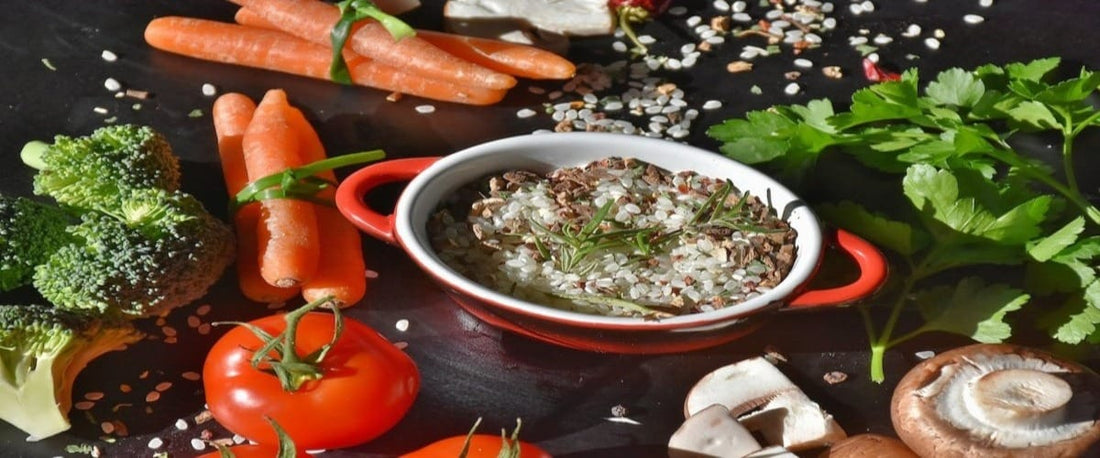
Mastering the Indian Diet for Prediabetes: 5 Simple Tweaks to Make
Share
Prediabetes is a word used to describe a blood sugar level that is increased but not high enough to be labeled as type-2 diabetes. It can result in type 2 diabetes if it is not treated.
This blog post will cover five easy tweaks to your Indian cuisine to better control prediabetes. We'll go over everything, including what foods to eat and avoid, and helpful recommendations to keep you on track. So, let's get started on mastering the Indian diet for prediabetes.
What Is Prediabetes?
Prediabetes is a word used to describe a blood sugar level that is increased but not high enough to be labeled as type-2 diabetes. Diabetes type 2 can develop from prediabetes if it is not treated.
The most effective approach to diagnose prediabetes is by routine blood testing, especially if you are obese, have a large waist, eat poorly, or engage in little physical exercise. Increased thirst, frequent urination, and slow wound healing are typical symptoms of prediabetes.
What Foods to Include in a Prediabetes Diet?

If you're dealing with prediabetes, dietary changes can help alleviate your condition. It is essential to include high-fiber foods, lean proteins, vegetables, and fresh fruits as integral parts of your prediabetes diet to improve prediabetic indicators.
It is vital to avoid starchy meals like corn, peas, and potatoes as well as sugar-sweetened foods and beverages. Reduced risk of developing heart disease can be achieved with a balanced, low-saturated-fat diet.
Significantly, a prediabetes diet requires strict tracking of carbohydrates.
Doing this ensures that you get balanced nutrition and adapt your meals to your individual carbohydrate needs.
What Foods to Avoid with Prediabetes?

Many meals and beverages should be avoided if you are attempting to control or prevent prediabetes. Sugary foods and drinks should be avoided, but natural sugars from fruits can be beneficial if consumed in moderation. Potatoes, maize, and other starchy vegetables and meals should also be avoided.
If you include high-fiber foods in your diet, they can help with digestion and reduce blood sugar levels. In addition, you should limit your consumption of saturated and trans fats to prevent heart and diabetic issues.
Pay attention to the warning indications that your body is sending you, such as exhaustion, weight gain, and unusual thirst, and see a healthcare professional create a nutrition plan that is uniquely suited to your requirements. Simple tweaks to your diet can help you master the Indian diet for prediabetes and manage your symptoms effectively.
Simple tweaks to your current Indian diet to better manage prediabetes?
- To better manage prediabetes within your current Indian diet, consider using the Glycemic index and DASH diet to control blood sugar levels.
- Weight loss, increased physical activity, and a nutritious diet are three established lifestyle modifications that lower the chance of acquiring Type 2 Diabetes.
- It can take up to 3 years to reverse prediabetes through diet and exercise.
- Follow a balanced Indian diet plan that incorporates high fiber, low glycemic index food options to manage prediabetes.
- To customize and carry out lifestyle changes, working with a nutritionist can be beneficial for staying on track and achieving your goals.
Conclusion
Incorporating lifestyle changes that promote healthier living can help manage prediabetes. One or two little modifications at first can have a big and long-lasting influence on your health.
To manage blood sugar levels, it's important to eat the right meals. By making simple tweaks to your Indian diet, you can effectively manage prediabetes. Don't forget to use portion control and stay active to make this lifestyle change more effective.
To dive deeper into the Indian Diet for Prediabetes, read our blog and take the first step toward a healthier you.

